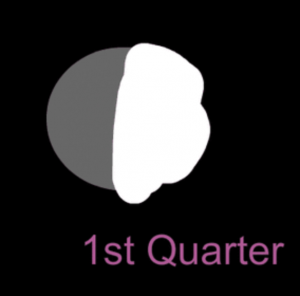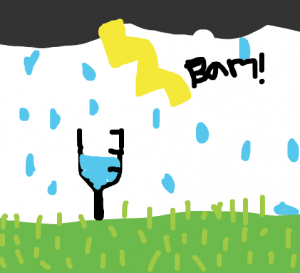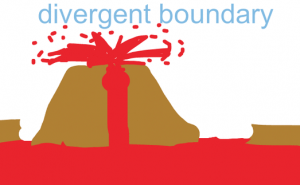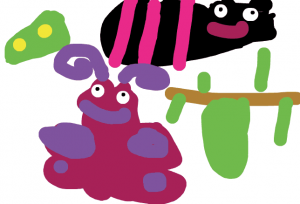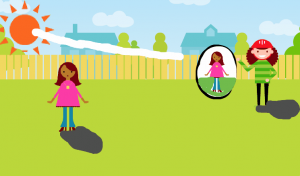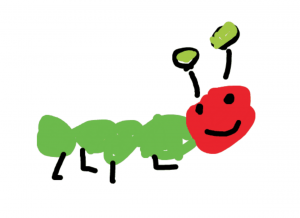4th Grade Space Animations
 Fourth graders at Trevvett Elementary have been learning about the causes of Earth’s seasons (SOL4.8b) and the phases of the moon (SOL4.8c) in Science. A great way to demonstrate understanding of these concepts is to create animations of the movements of the Earth and moon. That’s exactly what students in Ms. Towns’ class did today using ABCYa!Animate. First, we reviewed the four seasons and the eight phases of the moon with their respective vocabularies (revolution, orbit, rotation, axis, waxing, waning, gibbous, etc). We discussed the position of the Earth relative to the sun to cause the different seasons and the position of the moon relative to the Earth to cause the different phases. We also asked some questions to stir their curiosity… What season is it on the other side of the Earth? Do other moons have phases? Do other planets have seasons? Why does the same side of the moon always face the Earth? Does the Earth move clockwise around the sun? Does the moon travel counterclockwise around the Earth? Those last two questions are important for drawing the animations correctly (ANSWER: both move counterclockwise when looking down from above the orbit, but clockwise when looking up from below the orbit). Once we had our facts straight, we drew the first image of our animation. I instructed them to include a drawing of what phase or season is happening at that position. For the subsequent frames we copied the drawing, then moved or redrew the objects. When we finished all the steps, we turned on looping and slowed down the speed. Then we exported our animations and shared them on Schoology. You can see them all here. (UPDATE: I added some animations from Ms. Hirth’s 4th grade class at Holladay Elementary as well).
Fourth graders at Trevvett Elementary have been learning about the causes of Earth’s seasons (SOL4.8b) and the phases of the moon (SOL4.8c) in Science. A great way to demonstrate understanding of these concepts is to create animations of the movements of the Earth and moon. That’s exactly what students in Ms. Towns’ class did today using ABCYa!Animate. First, we reviewed the four seasons and the eight phases of the moon with their respective vocabularies (revolution, orbit, rotation, axis, waxing, waning, gibbous, etc). We discussed the position of the Earth relative to the sun to cause the different seasons and the position of the moon relative to the Earth to cause the different phases. We also asked some questions to stir their curiosity… What season is it on the other side of the Earth? Do other moons have phases? Do other planets have seasons? Why does the same side of the moon always face the Earth? Does the Earth move clockwise around the sun? Does the moon travel counterclockwise around the Earth? Those last two questions are important for drawing the animations correctly (ANSWER: both move counterclockwise when looking down from above the orbit, but clockwise when looking up from below the orbit). Once we had our facts straight, we drew the first image of our animation. I instructed them to include a drawing of what phase or season is happening at that position. For the subsequent frames we copied the drawing, then moved or redrew the objects. When we finished all the steps, we turned on looping and slowed down the speed. Then we exported our animations and shared them on Schoology. You can see them all here. (UPDATE: I added some animations from Ms. Hirth’s 4th grade class at Holladay Elementary as well).



